Are Portland streets dangerous for cyclists?
Compared to other cities in Oregon and throughout the United States, Portland is very bike friendly. In 2008, it was the first major city to win The League of American Bicyclist’s Platinum award which takes a city’s infrastructure, laws, pro-bike policies, and other factors into account. Yet accidents between bicyclists and motor vehicles still occur too regularly.
Why cyclist and pedestrian safety is not the same
The government tracks the locations of these crashes and uses them to designate “high crash network” streets and intersections. Since 2017, the Portland Bureau of Transportation has spent $193 million on safety projects in these areas. While this is a worthwhile program, it’s not strictly a bicycle safety program. Streets with the highest number of pedestrian deaths or people in vehicles, were not the same areas where cyclists are regularly getting injured or killed.
From 2017 to 2021, twelve motorists were killed on NE Marine Drive in Portland and four pedestrians, but no cyclists. Bustling Burnside Street had two motorist deaths, four pedestrian deaths, and one bicycle fatality within the same time period. Broadway, which was the top street for bicyclists to have a minor injury, had no fatalities and only a few serious injuries.
It’s no surprise that the most dangerous roads are main roads that get a lot of use—by cyclists and motor vehicles alike. According to data analyzed by The Oregonian, Southeast Portland has six of the ten most dangerous roads for cyclists, a full 14% of the city’s collisions between cars and bicycles.
Portland’s Vision Zero program has the admirable goal of reducing all traffic and pedestrian deaths to zero. Yet what this data makes clear is that while some policies—like reducing speed limits or adding lights at dangerous intersections—can make everyone safer, there need to be separate programs to improve roads, sidewalks for pedestrians, and bike lanes. All three types of transportation have their own needs as far as policies and infrastructure that can make them safer and more appealing.
What safety improvements help Portland cyclists?
Some changes Portland has made to keep cyclists safer include adding traffic signs, left turn signals, cutting back roadside greenery that make it hard for cars to see, and increased lighting. While all cyclists should have lights and reflectors when cycling at night, a distracted driver still might miss the presence of a cyclist on the road. Lighting helps.
A spokesman for the Portland Bureau of Transportation told The Oregonian that arterial roads (high-capacity urban roads that are slower than highways and freeways but faster than a neighborhood street) often have more fatalities and serious injuries than highways. Drivers use them regularly on commutes which makes them more likely to go on autopilot. They’re also places where cyclists and drivers often mix.
It can be safer as a cyclist, to build a route that avoids roads like this when you’re cycling. This might make for a less stressful ride but also might take longer than using a main road—roads that are maintained for all motorists, including those pedaling on two wheels.
This is why Portland is also working on installing bikeways that can help funnel bike traffic safely and efficiently away from dangerous roads. One bikeway connected eight neighborhoods, twelve schools, and seven parks on the east side of the city. Another in North Portland brought together the major bikeway, The Springwater Corridor Trail, with additional neighborhoods. Future upgrades to 82nd Avenue will make it safer for pedestrians and cyclists as well as adding shade to make it more comfortable in hot summer weather.
Enhancing Portland Bicycle Infrastructure to Boost Cyclist Commuting
One thing this accident data doesn’t capture are the number of people who would hop on a bicycle if roads felt safer. There’s no way to know how often someone decides to take the car instead of their bike because their bike commute has too many busy, shared roads. Likewise, the government can’t track whether a new bikeway would make more people commute or just go out to enjoy a ride.
Getting into an accident, even if not fatal, can still be an expensive and debilitating experience. (Read here for more on head injuries after a bike accident.) The fear of being doored or hit by a car—or even just having their bicycle stolen—can keep people who love to ride their bikes off the roads.
No matter where you live, the roads, legally, are for all vehicles—not just cars. Cyclists have just as much of a right to use the roads safely as motor vehicles. This is true whether or not there is a bike lane.
Bicycle accidents do happen but luckily are relatively rare in Portland and many other Oregon cities. If you do get injured while cycling, there are many reasons why hiring a bicycle accident lawyer can help you.


